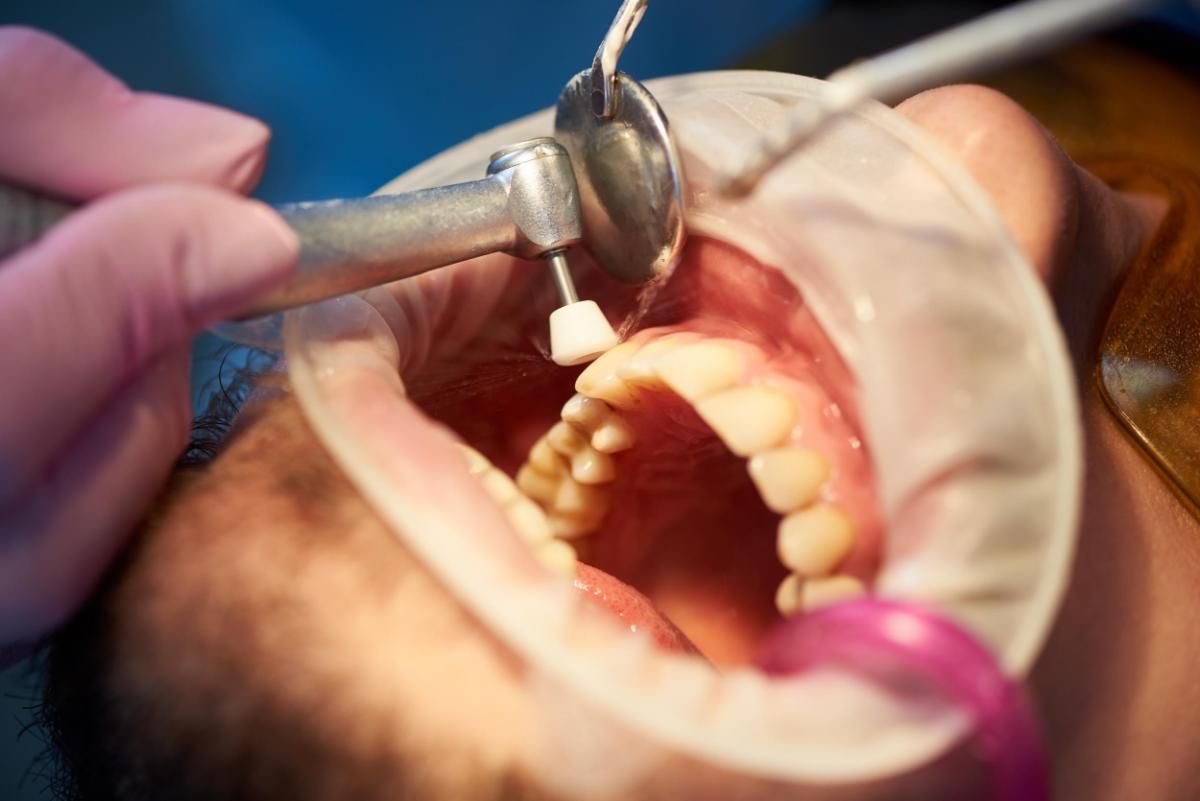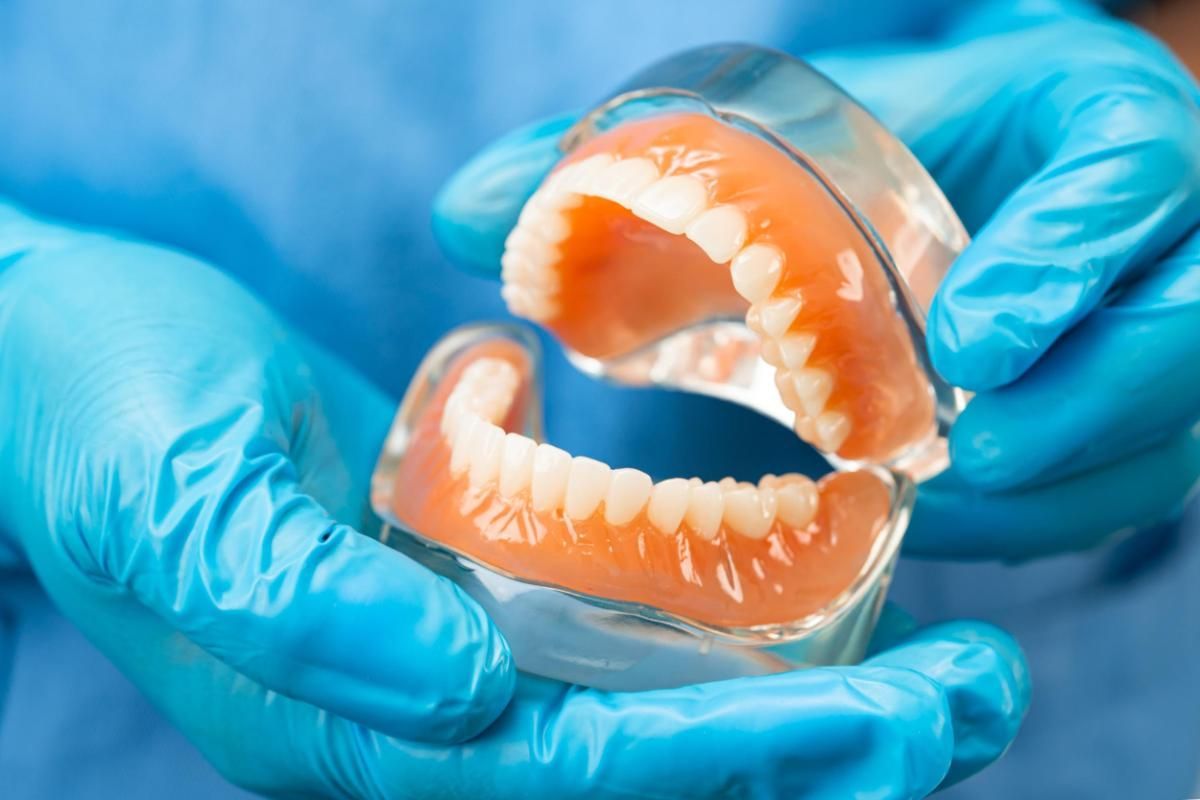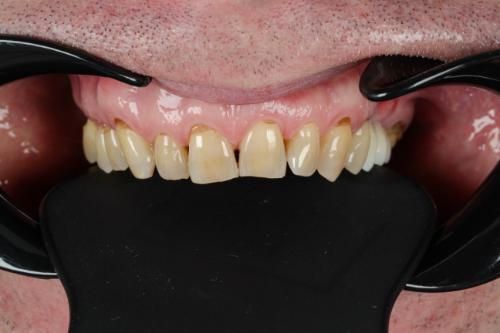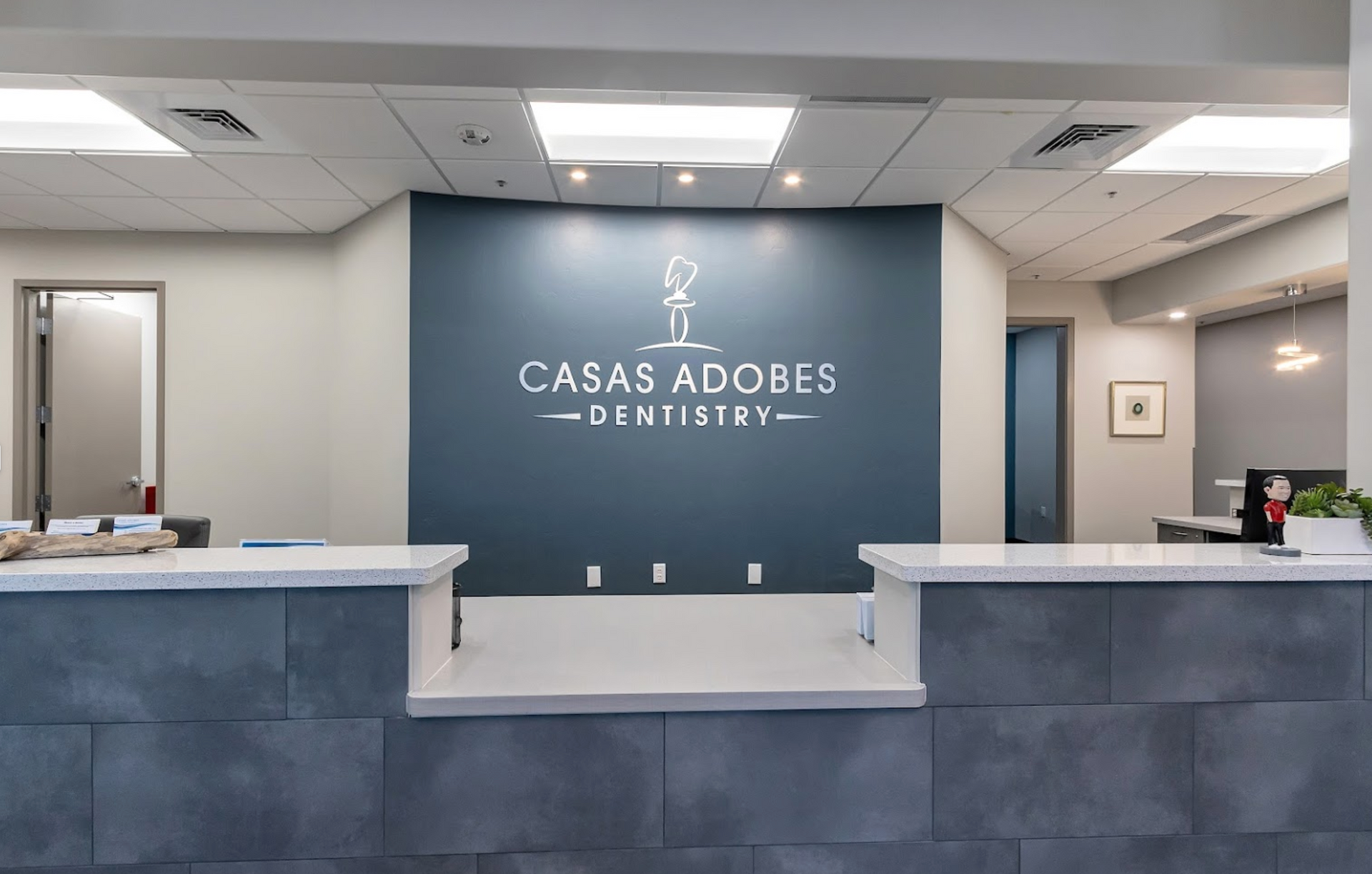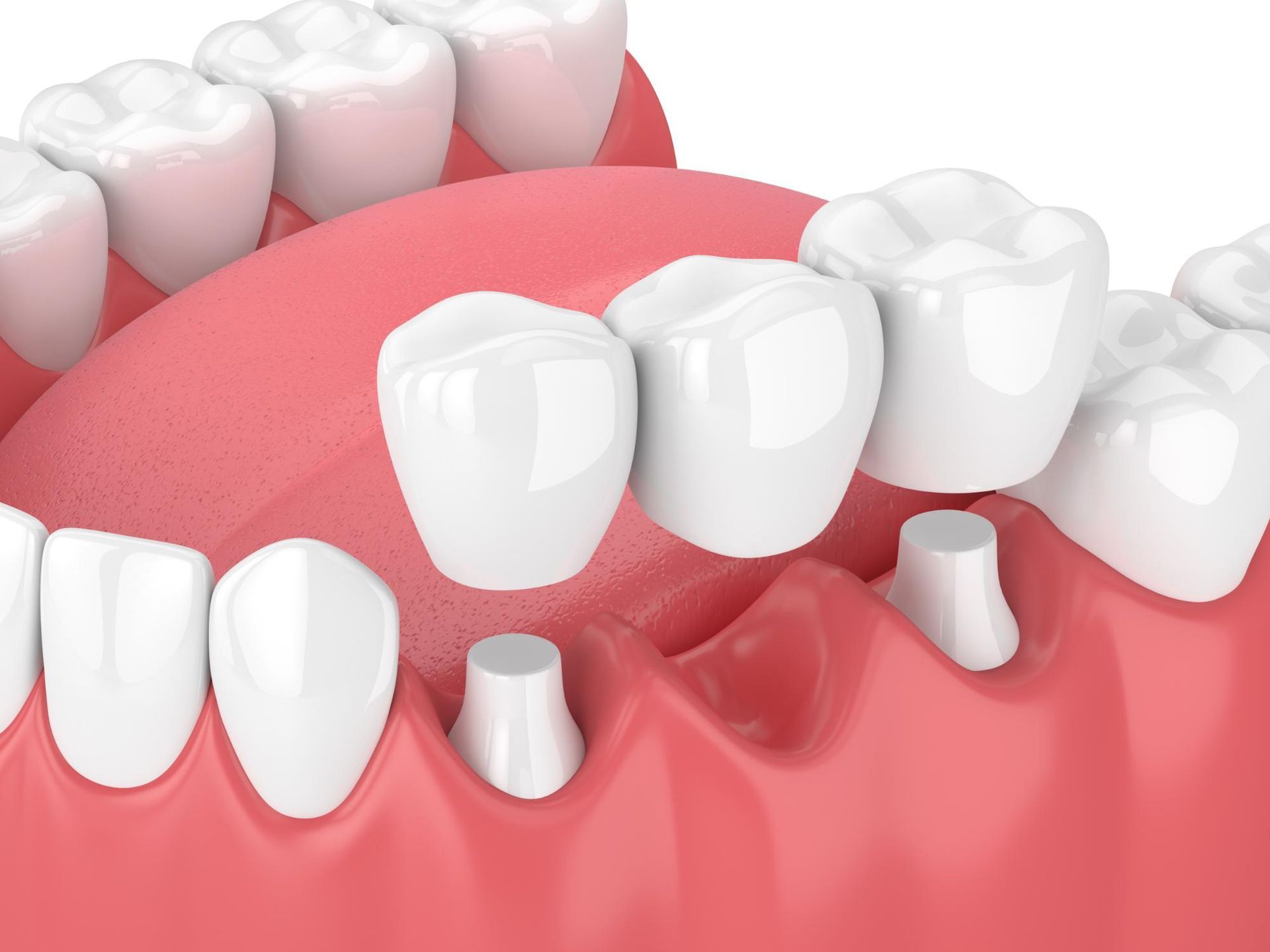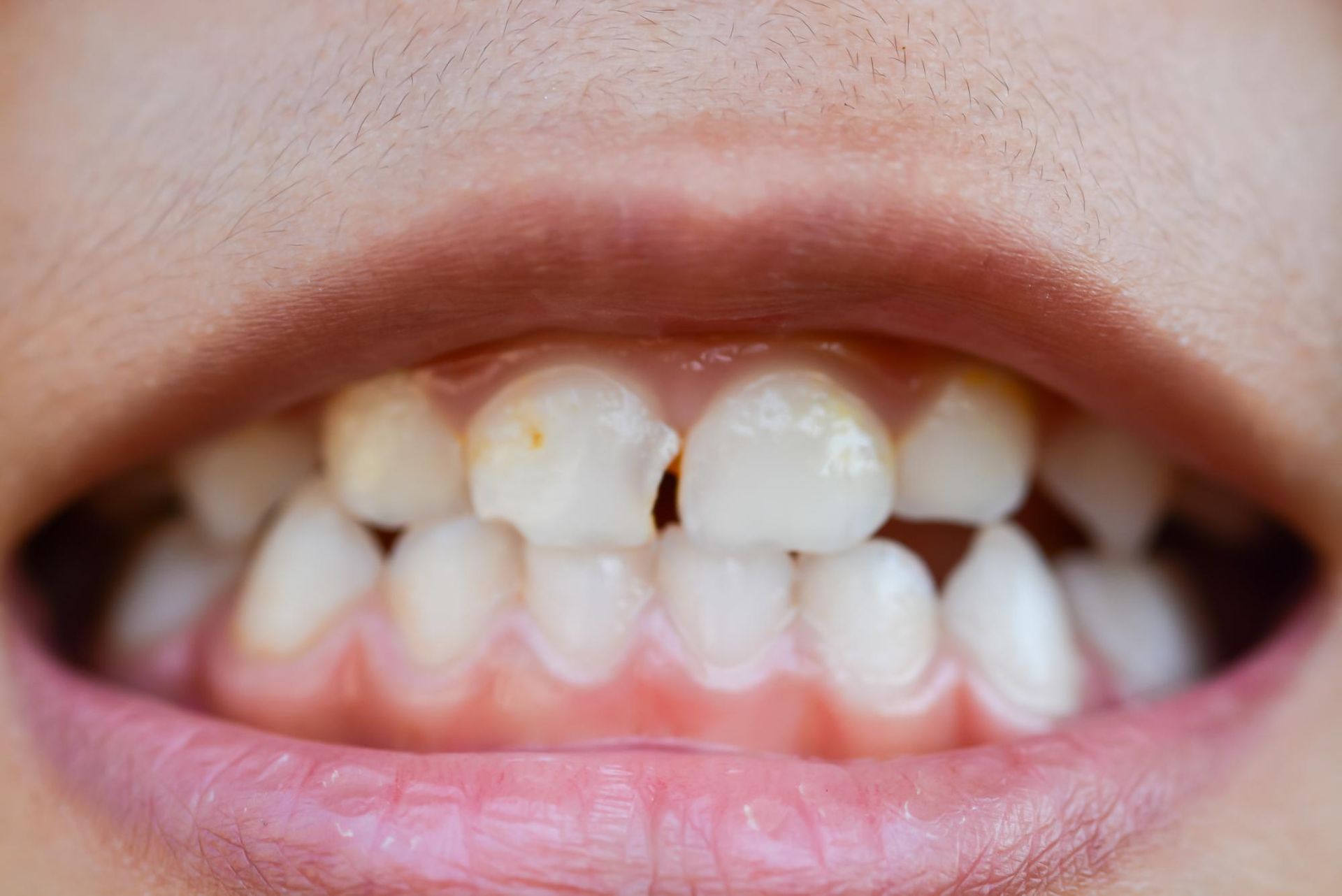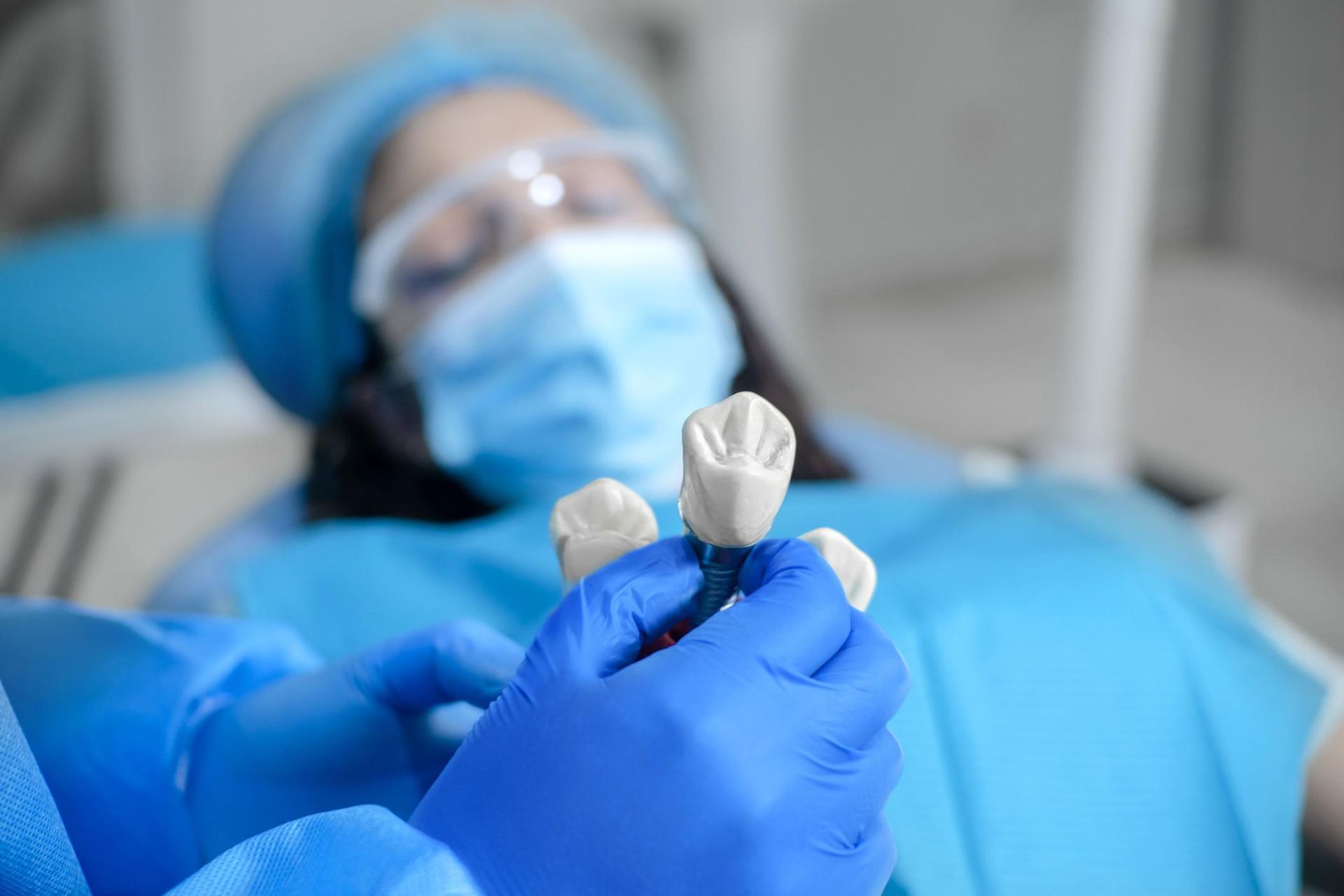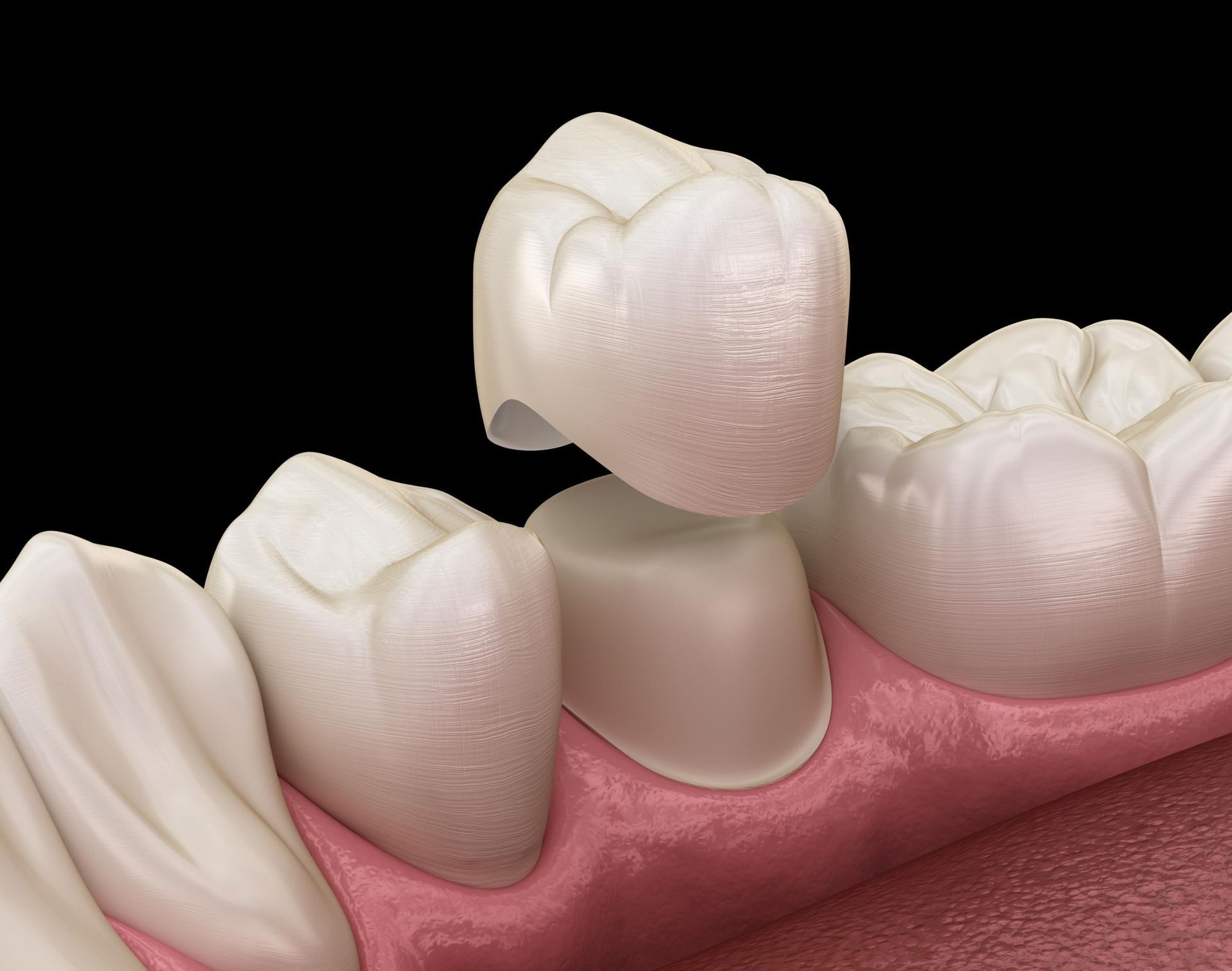Dental Filling Fell Out: What To Do

A dental filling falling out of a tooth can feel like an unexpected "pop," or you might not notice anything at all when the material dislodges from your enamel. Those who have experienced a lost filling often feel a sense of urgency about what to do next. While fillings are highly durable, it's important to remember that they aren't meant to last indefinitely. There are numerous common reasons for losing a filling, and just as many solutions to address the issue. Promptly replacing a lost filling is vital to prevent further dental problems and to maintain the aesthetic appeal of your smile.
Why Dental Fillings Fall Out
You might have bitten into something hard to chew, or perhaps a sticky or crunchy food dislodged the filling from your tooth's surface. Consider these potential causes to determine why your filling may have come loose:
- You may have a new cavity that caused an area of decay where the filling was located.
- You may have bruxism (teeth grinding), which caused the filling to be dislodged by force.
- You may have an issue with the tooth itself.
- You may have eaten something that stuck to the filling and pulled it out.
The type of filling you had—whether composite, amalgam, or a more durable metal like gold—can offer insights into the likelihood of your dental filling falling out. Gold fillings typically have the longest lifespan, while the durability of amalgam and composite fillings can vary significantly based on your oral habits and care. Although amalgam fillings are renowned for their strength, factors such as teeth grinding (bruxism) and inadequate oral hygiene can greatly reduce their longevity.
Signs and Symptoms
If your tooth filling falls out, you may experience several signs and symptoms that indicate something is amiss. One of the most common signs is sensitivity or pain in the affected tooth. This discomfort can range from a mild twinge to a sharp, intense pain, especially when exposed to hot or cold temperatures. You might also notice visible signs of wear or damage, such as a hole or gap where the filling used to be.
Another clear indicator is a loose or missing filling. If you can see or feel that the filling is no longer in place, it’s a sign that you need to take action. Food particles or debris getting stuck in the cavity is another symptom, as the exposed area can easily trap bits of food, leading to further irritation and potential decay.
Increased sensitivity to hot or cold temperatures is also a common symptom. If you find that your tooth reacts strongly to temperature changes, it could be due to the exposed tooth structure where the filling used to be. Discomfort or pain when biting or chewing is another red flag, as the exposed area may be more vulnerable to pressure and movement.
Recognizing these signs and symptoms early is crucial to prevent further decay or damage. If you notice any of these issues, it’s important to take action promptly to protect your tooth and maintain your oral health.
Steps To Take When a Dental Filling Falls Out
The most crucial step you should take is to contact your dentist to have the lost filling replaced as soon as possible. You can use temporary filling materials available at pharmacies to protect the tooth until your dental appointment. Remember, your filling is not merely cosmetic; it serves to shield the sensitive nerve endings inside your tooth. Follow the steps below after losing a filling to minimize discomfort and prevent unnecessary damage to the area.
1. Call Your Dentist
If your tooth filling fell out, it's crucial to contact your dentist immediately to schedule an appointment for a filling replacement. If your dentist cannot accommodate you on the day the filling falls out, you might need to take additional precautions to protect your tooth, such as using dental wax to temporarily fill the gap.
It doesn't matter whether your current dentist was the one who originally placed the filling or if the dentist has never treated you before. Any licensed general dentist is qualified to replace a lost filling for a patient.
2. Find the Filling
Your next step should be to locate the missing filling and store it safely, such as in a small plastic bag that you can easily find when it's time for your dental appointment. If you've accidentally swallowed the filling, this step may not be possible.
If you have accidentally swallowed your filling, remain calm and contact your dentist. They may advise you to wait until your scheduled appointment without taking any immediate action. However, if the filling is large and you're experiencing pain due to tooth sensitivity, they might suggest using over-the-counter temporary filling materials available at pharmacies. These materials can offer temporary relief but should not replace professional dental care.
3. Take Steps to Protect Your Tooth
Your dentist is likely well-acquainted with your oral health status and can provide guidance on the necessary steps to protect your tooth. You might consider rinsing with salt water to alleviate inflammation and clear any food debris lodged in the open cavity. Saltwater is also effective in eliminating harmful bacteria from the area. Replacing the filling is essential to prevent further damage and ensure the tooth remains safeguarded.
Avoid brushing or flossing the area too aggressively, and make sure to wear your nightguard if you suffer from nighttime bruxism. Teeth grinding can increase sensitivity in the area if you don't wear your guard. After eating, rinse your mouth if the cavity is exposed and you can't brush immediately.
Preventing Future Filling Falls
To prevent future filling falls, it’s essential to maintain a good oral hygiene routine. Start by brushing your teeth at least twice a day with a fluoride toothpaste. This helps to remove plaque and food particles that can lead to tooth decay. Flossing daily is equally important, as it reaches areas that your toothbrush can’t, ensuring that no debris is left behind.
Rinsing with an antibacterial mouthwash can also be beneficial. It helps to kill bacteria that can cause decay and gum disease, keeping your mouth clean and healthy. Additionally, try to avoid sugary and acidic foods and drinks, as they can erode your enamel and weaken your fillings.
Regular visits to your dental office for check-ups and cleanings are crucial. Your dentist can spot early signs of decay or damage and take action before it becomes a bigger problem. If you have a habit of teeth grinding or clenching, it’s important to address it. Teeth grinding can put excessive pressure on your fillings, causing them to loosen or fall out. Wearing a nightguard can help protect your teeth while you sleep.
If you participate in sports or activities that could damage your teeth, wearing a mouthguard is a good precaution. It can protect your teeth from impact and reduce the risk of fillings falling out.
By following these habits, you can significantly reduce the risk of tooth decay and filling falls, ensuring that your dental fillings last as long as possible.
Conclusion
If you've lost a filling, don't delay in seeking dental care. Promptly replacing the filling is essential to avoid further complications. The sooner you have your cavity refilled, the quicker you'll find relief. Ignoring a missing dental filling can lead to additional decay or infection of the exposed tooth.
Ensure you reach out to your dentist immediately and adhere to their recommendations for safeguarding your exposed tooth in the interim. Replacing dental fillings is usually a straightforward process, and the appointment is unlikely to take much time from your day.



